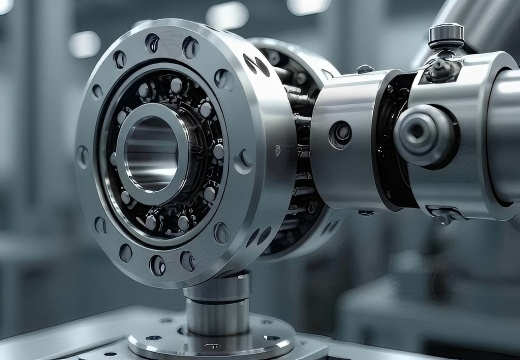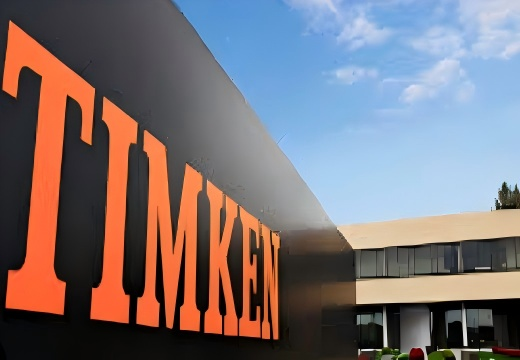Bearings: The “invisible heroes” of humanoid robots' flexible leaps and bounds
With Tesla Optimus Prime walking lightly, Boston Dynamics Atlas completing difficult flips, and domestic technology companies launching prototype humanoid robots, the world is witnessing a “body of steel” revolution. In this disruptive change, a seemingly traditional but vital components - bearings, is quietly becoming the core elements to determine the ceiling of humanoid robot performance.
In the highly bionic structure of humanoid robots, bearings are like “artificial joints” for precision operation, carrying three key missions:
1. The cornerstone of dynamic support
Shoulders, elbows, wrists, hips, knees and other 40 joints need to withstand more than 2000 times / min of high-frequency movement, precision bearings through the design of multi-layer raceway and special heat treatment process, so that the robot can stably support the self-weight and to complete the load-bearing tasks. 2023 MIT laboratory data show that the use of silicon nitride ceramic bearings for the robot arm, the service life of the traditional bearings increased by 300%.
2. Flexible motion pusher
The golden combination of harmonic reducer and crossed roller bearings creates 0.01 arc-graded motion accuracy. Xiaomi CyberOne has achieved flexible movement capabilities comparable to human beings by customizing the thin-walled bearing solution and increasing the rotational degrees of freedom of the waist to five.
3. Hub for energy transfer
Miniature linear bearings in the Bionic Muscle System convert motor torque into precise linear displacement. The Tesla Optimus finger joints use miniature bearings with a diameter of only 3mm, which, together with an intelligent damping system, allow for fine movements such as holding an egg and manipulating tools.
 Bearings: The “invisible heroes” of humanoid robots' flexible leaps and bounds
Bearings: The “invisible heroes” of humanoid robots' flexible leaps and bounds
 Timken's High-Performance Bearings Contribute to Successful Opening of Municipal Airport Connections
Timken's High-Performance Bearings Contribute to Successful Opening of Municipal Airport Connections

